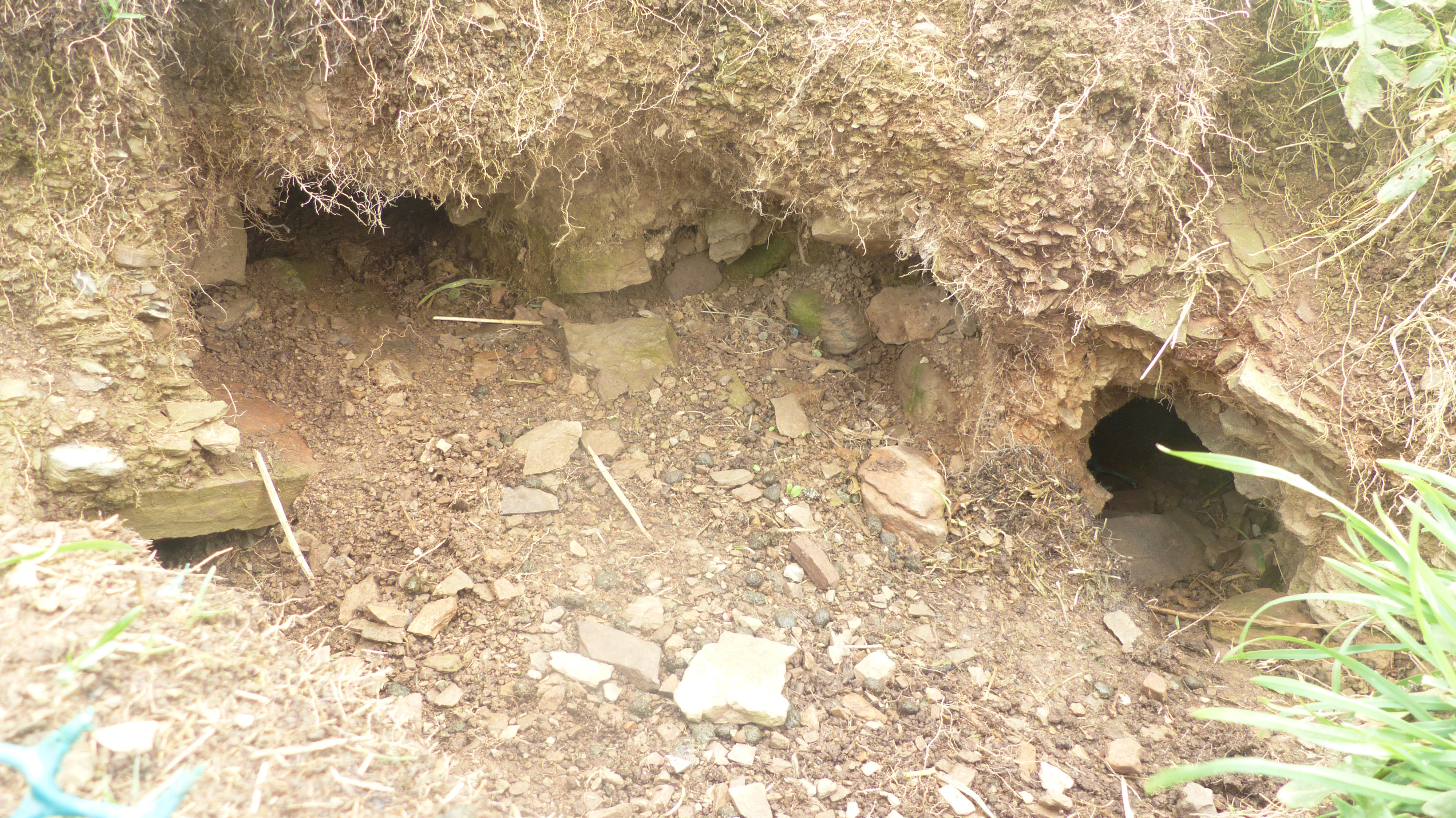
Tresvennack Pillar, photographed from the east-south-east on 6 March 2004.

Tresvennack Pillar, photographed from the east-south-east on 6 March 2004.

Tresvennack Pillar, photographed from the west-north-west on 6 March 2004.

Tresvennack Pillar, photographed from the west-south-west on 6 March 2004.

Tresvennack Pillar, photographed from the south-west on 6 March 2004.

Tresvennack Pillar, photographed from the south on 6 March 2004.

Tresvennack Pillar, photographed from the east on 6 March 2004.
A project to dig up a prehistoric ritual site described as “Cornwall’s ancient sacred heart” is set to go ahead after it received funding.

Forcing my way to the crest of the eastern inner bank... some things have to be done if you relish that ‘hands on’ vibe.



Looking approx east across the enclosure. One wonders how much has been claimed by the estuary waters over time?

Visited 03.06.25
Cairnholy 15 Carved Panel is located c. 6 feet SE of Cairnholy 13 Carved Panel on a rocky knoll c. 0.5 miles NNW of Cairnholy Farm in Dumfries and Galloway. The panel measures c. 2 feet ENE-WSW and 2.5 feet NNW-SSE. There are two eroded carvings on the central portion of the W half: a cup and ring carving measuring c. 4 inches in diameter and 0.25 inches deep and a cup carving measuring c. 1.5 inches in diameter and 0.1 inches deep. The cup carving is obscured by a white patch of lichen but a slight depression can be felt.

The now no longer very ‘new’ second Severn crossing from the western end of the main inner bank.... incidentally, currently just about the only section of the defences one can ascend owing to otherwise extreme brambles etc.

The inner bank from within – looking approx southeast

Looking towards the massive – if more-or-less prohibitively overgrown – inner bank from the approx northwest.


2016 inside one of the burrows a modern artefact looks like someone was digging illegally. August 13th

Visited 04.05.25
Cairnholy 13 Carved Panel is located c. 12 feet SE of Cairnholy 4 Carved Panel on a rocky knoll c. 0.5 miles NNW of Cairnholy Farm in Dumfries and Galloway. The rock art is carved on a sub rectangular panel measuring c. 5 feet ENE-WSW and 5.5 feet transversely, split in two by a grassy ravine. There are 7 cup carving right of the ravine on the N edge: a group consisting of 2 parallel lines of 3 cup carvings and a single carved cup. On the left of the ravine there are 2 central cup carvings and a cluster of carvings in the SW. The SW cluster has an eroded central cup and ring carving surrounded by several cup carvings. Canmore ID 368423 has further details of Cairnholy 13 Carved Panel.
On the SW corner of the panel there are two parallel deep grooves, measuring c. 6 inches and 1 foot respectively, which may be natural depressions smoothed and extended by domestic activity.

Maen llia is directly aligned, along with other nearby markers, with three of the four lunar standstills; major north set, major south rise, minor north set. The minor south set is referenced by the same markers.
This is the major south rising moon, june 11th 2025.
Visited 05.04.25
Cairnholy 14 Carved Panel is located c. 6 feet E of Cairnholy 4 Carved Panel on a rocky knoll c. 0.5 miles NNW of Cairnholy Farm in Dumfries and Galloway. Cairnholy 14 is a flat panel, shaped like South America, on the N edge of the ridge. There is a line of natural hollows running E-W on the S side of the panel. There are 2 carved cup markings in the centre of this alignment. The carved cups are c. 1.5 inches in diameter and 0.25 inches deep, adjacent to 2 deep natural hollows. Further details of Cairnholy 11 are available in Canmore ID 368424.
There are 6 carved panels on the knoll: Cairnholy 4,11,12,13,14&15.

Cairnholy 13 & 15 Carved Panels viewed from ENE.

Cairnholy 15 Carved Panel viewed from ENE (20p & 50p Coins for Scale).

Cairnholy 15 Carved Panel viewed from ENE.